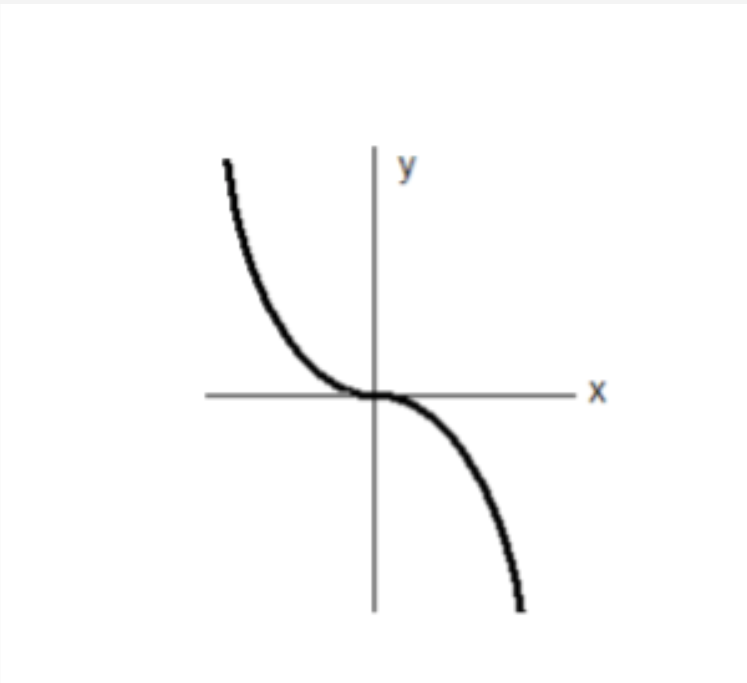A small block slides down a frictionless track whose shape is described by y = (x^2) /d for x<0 and by y = -(x^2)/d for x>0. The value of d = 4.15m, and x and y are measured in meters as usual. Now suppose the blocks starts on the track at x = 3.35 m. The block is given a push to the left and begins to slide up the track, eventually reaching its maximum height at x = 0, at which point it turns around and begins sliding down. What was its initial speed in this case? 4.05 m/s 7.28 m/s 5.15 m/s 4.97 m/s
A small block slides down a frictionless track whose shape is described by y = (x^2) /d for x<0 and by y = -(x^2)/d for x>0. The value of d = 4.15m, and x and y are measured in meters as usual. Now suppose the blocks starts on the track at x = 3.35 m. The block is given a push to the left and begins to slide up the track, eventually reaching its maximum height at x = 0, at which point it turns around and begins sliding down. What was its initial speed in this case? 4.05 m/s 7.28 m/s 5.15 m/s 4.97 m/s
Related questions
Question
A small block slides down a frictionless track whose shape is described by y = (x^2) /d for x<0 and by y = -(x^2)/d for x>0. The value of d = 4.15m, and x and y are measured in meters as usual.
Now suppose the blocks starts on the track at x = 3.35 m. The block is given a push to the left and begins to slide up the track, eventually reaching its maximum height at x = 0, at which point it turns around and begins sliding down. What was its initial speed in this case?
|
4.05 m/s
|
||
|
7.28 m/s
|
||
|
5.15 m/s
|
||
|
4.97 m/s
|

Transcribed Image Text:y
Expert Solution
This question has been solved!
Explore an expertly crafted, step-by-step solution for a thorough understanding of key concepts.
Step by step
Solved in 2 steps
